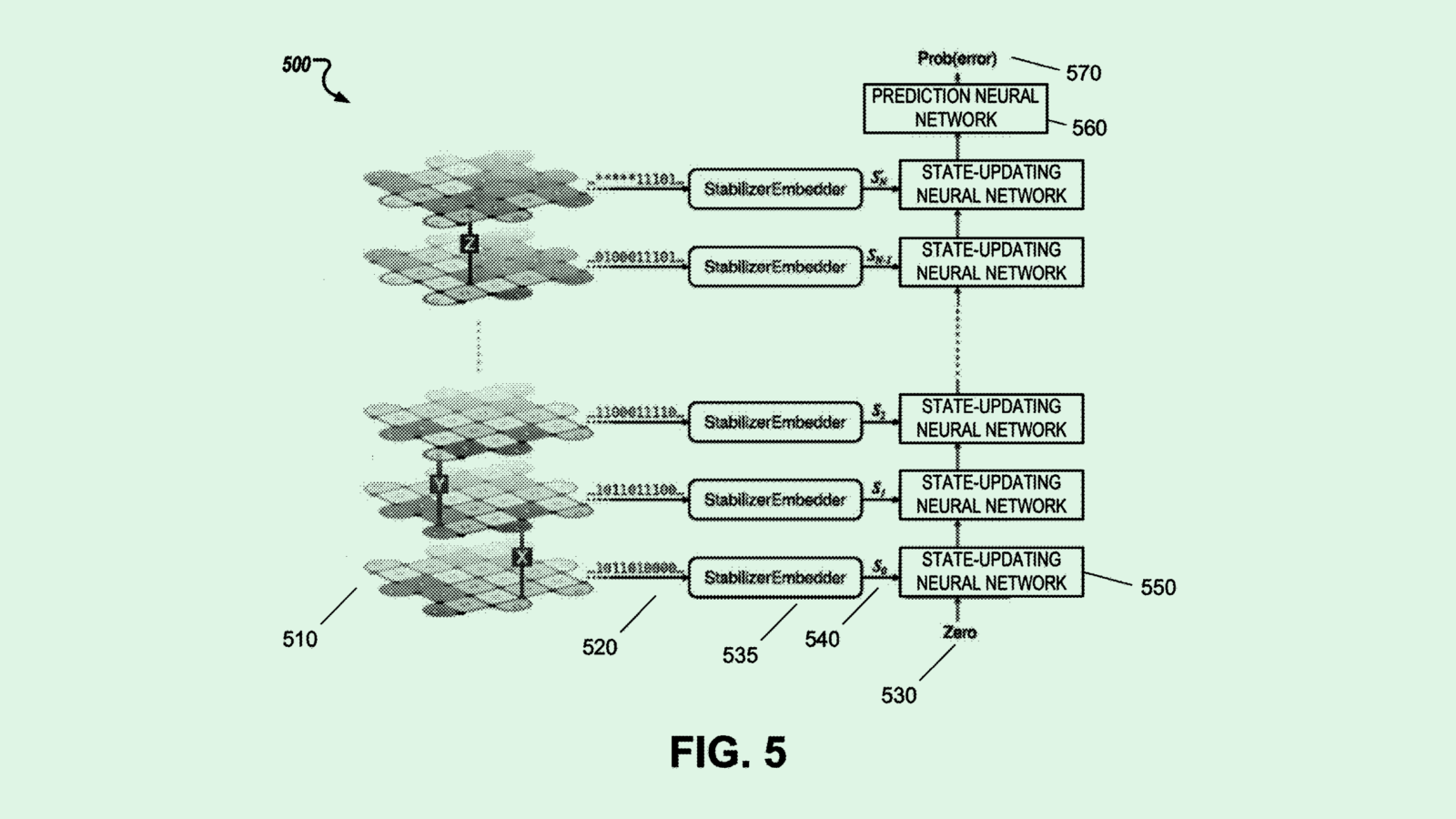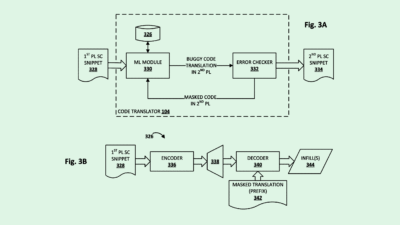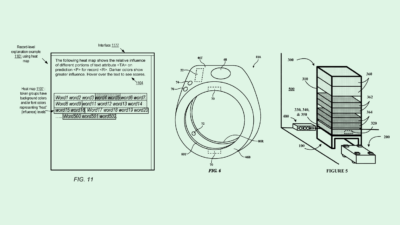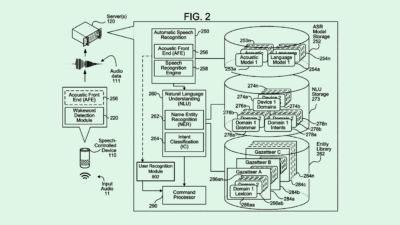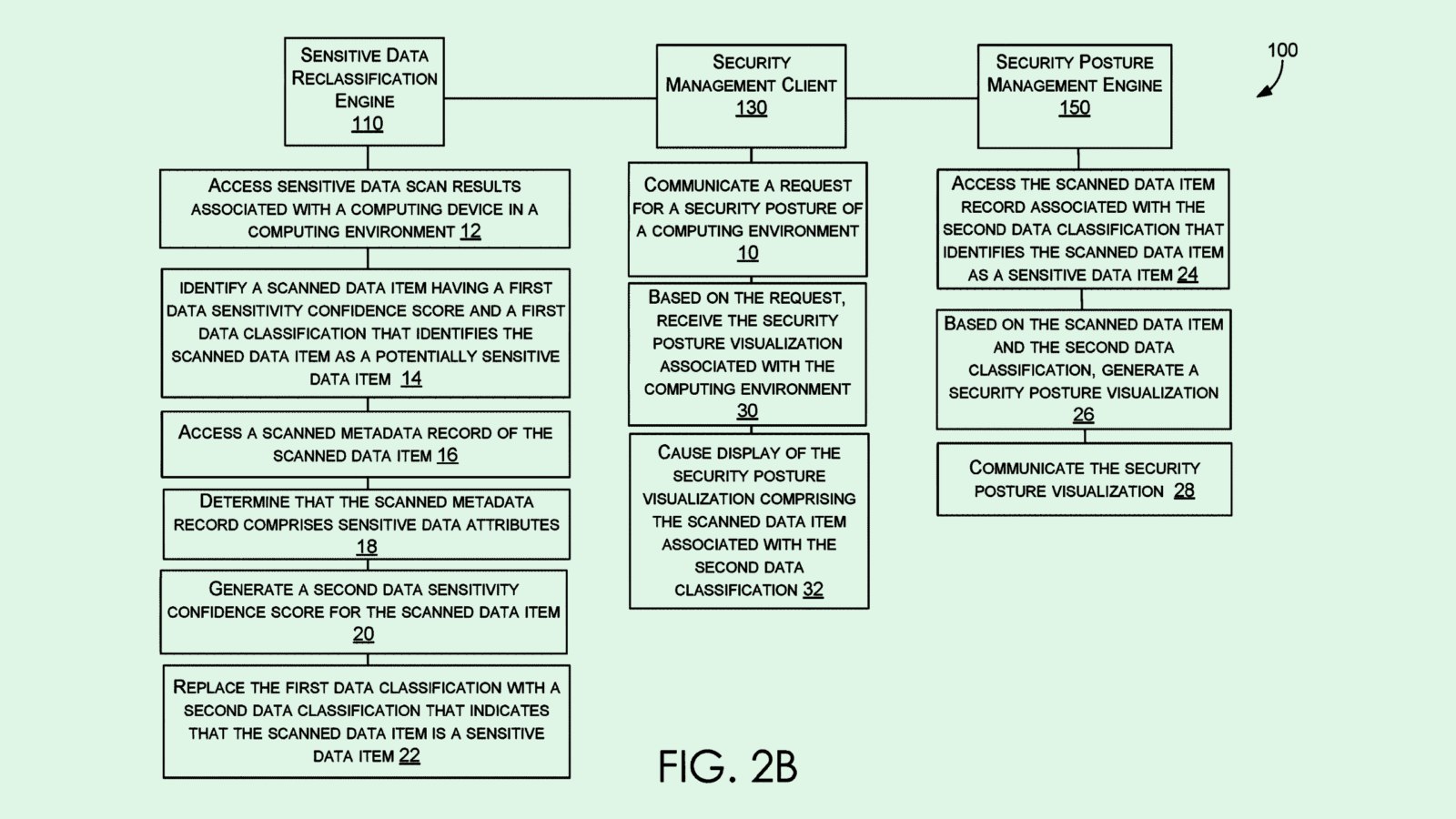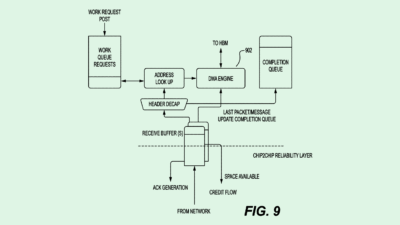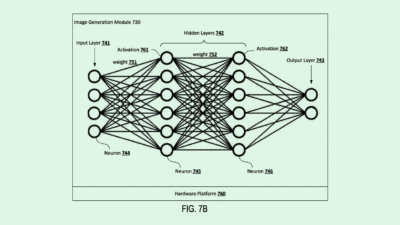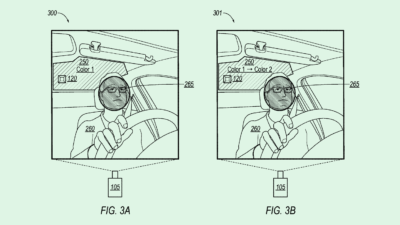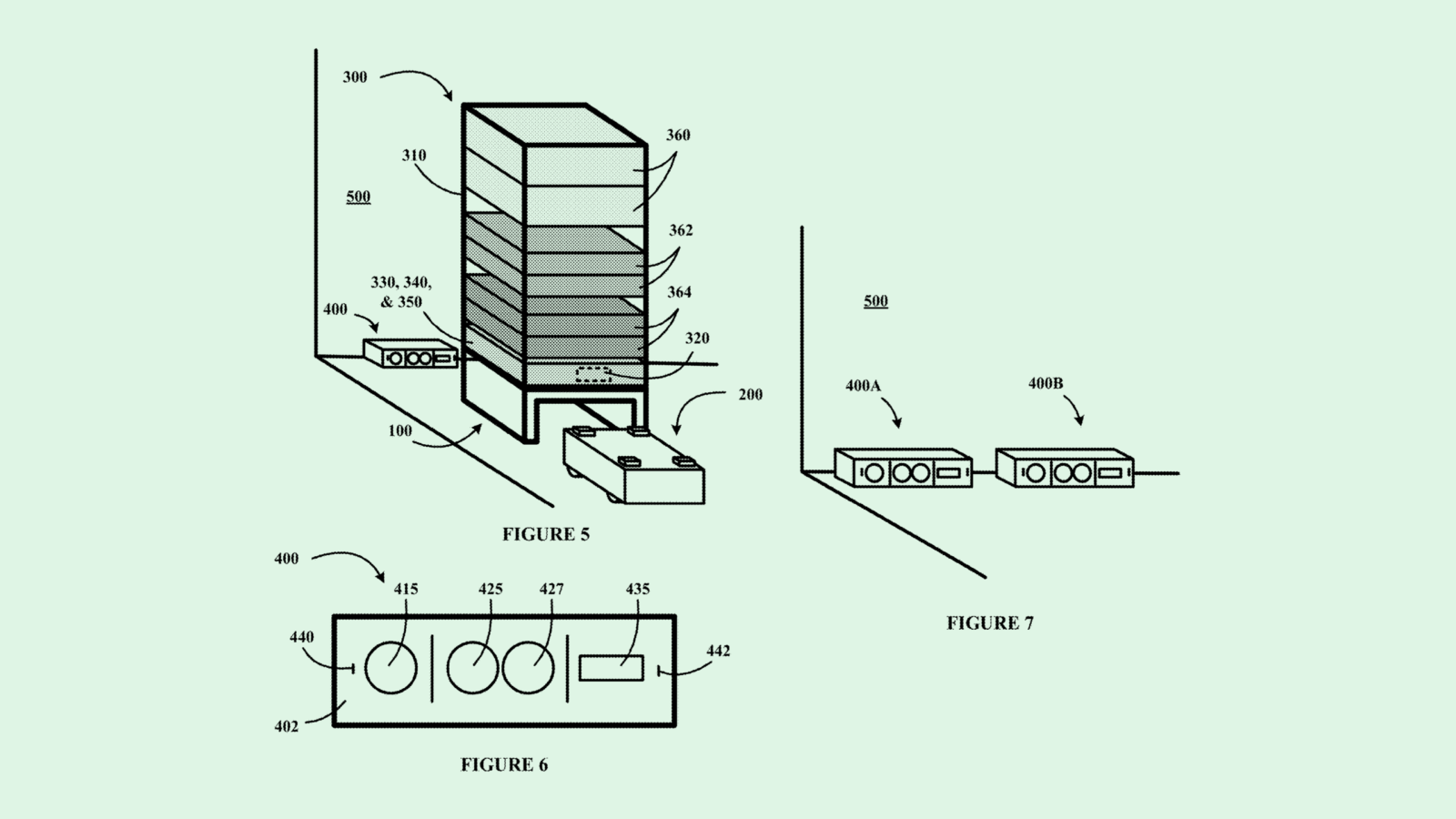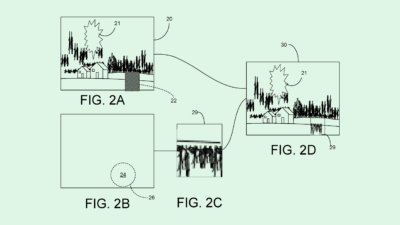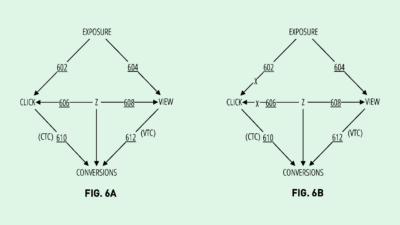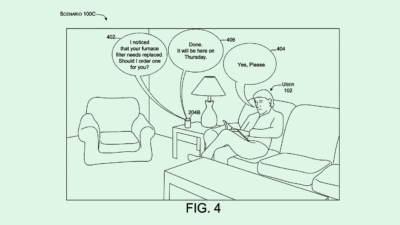Walmart AI Analytics Patent Highlights Retailer’s Tech Overhaul
. It may aim to level the playing field with one competitor in particular: Amazon.
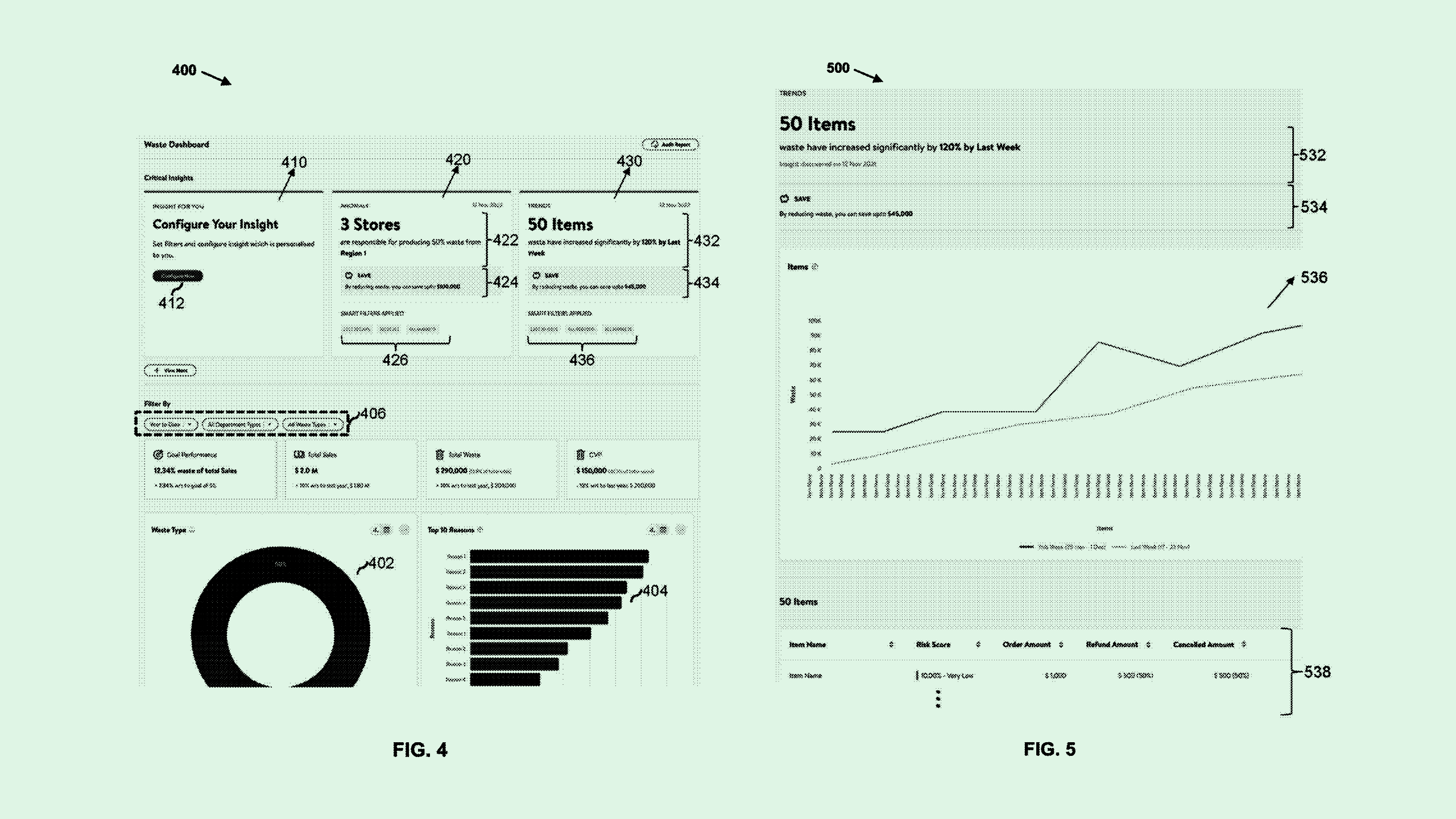
Sign up to uncover the latest in emerging technology.
Walmart’s tech spree continues.
The retailer is seeking to patent a system for “automatically generating and presenting insight data” in a natural language format. As the title of this patent implies, this tech would put AI’s best qualities to work, drawing meaningful insights from large chunks of data.
“In general, original data collected for learning or decision-making has a huge size and is not organized in a way to provide insights to users,” Walmart said in the filing.
After receiving a large dataset, this system will apply filters to the data focusing on specific information, splitting them into different “data records.” Each of those records is associated with different “insight dimensions,” or categories of information. Those records are then fed to a reinforcement learning model to determine which are the most useful and valuable.
Once the most insightful data from the set is sifted out, Walmart’s tech uses a natural language model to translate it into something that can be put to use, displaying both charts and written insights via “business dashboards.”
Walmart noted that these dashboards can include “multiple filter combinations that enable a user to focus on specific parts of data,” covering topics like chatbot analytics, ad performance, fraud and loss prevention, and more.
As the tech industry continues its AI frenzy, Walmart has tried to keep up. The company’s patent activity is filled with AI-based innovations, including machine learning development frameworks, recommendation engines, and churn prediction tech.
On the customer side, the company last week announced plans to scale its AI efforts, including new customer service chatbots, AI content and product prediction tools, and an AR platform called Retina for online shopping that leverages AI to automatically generate 3D assets of products.
“A standard search bar is no longer the fastest path to purchase, rather we must use technology to adapt to customers’ individual preferences and needs,” Suresh Kumar, Walmart’s global chief technology officer and chief development officer, said in a statement.
But Walmart’s tech overhaul is likely spurred by more than the tech industry’s broader AI push. Its innovations may aim to level the playing field with one competitor in particular: Amazon. The e-commerce giant released its own AI shopping assistant, Rufus, earlier this year, and has been building AI through AWS alongside other tech giants.
And while the retailer can’t compete with Amazon’s cloud services dominance, it’s aimed to be self-sufficient in building its own servers, reducing its reliance on tech firms’ cloud offerings in recent years.
